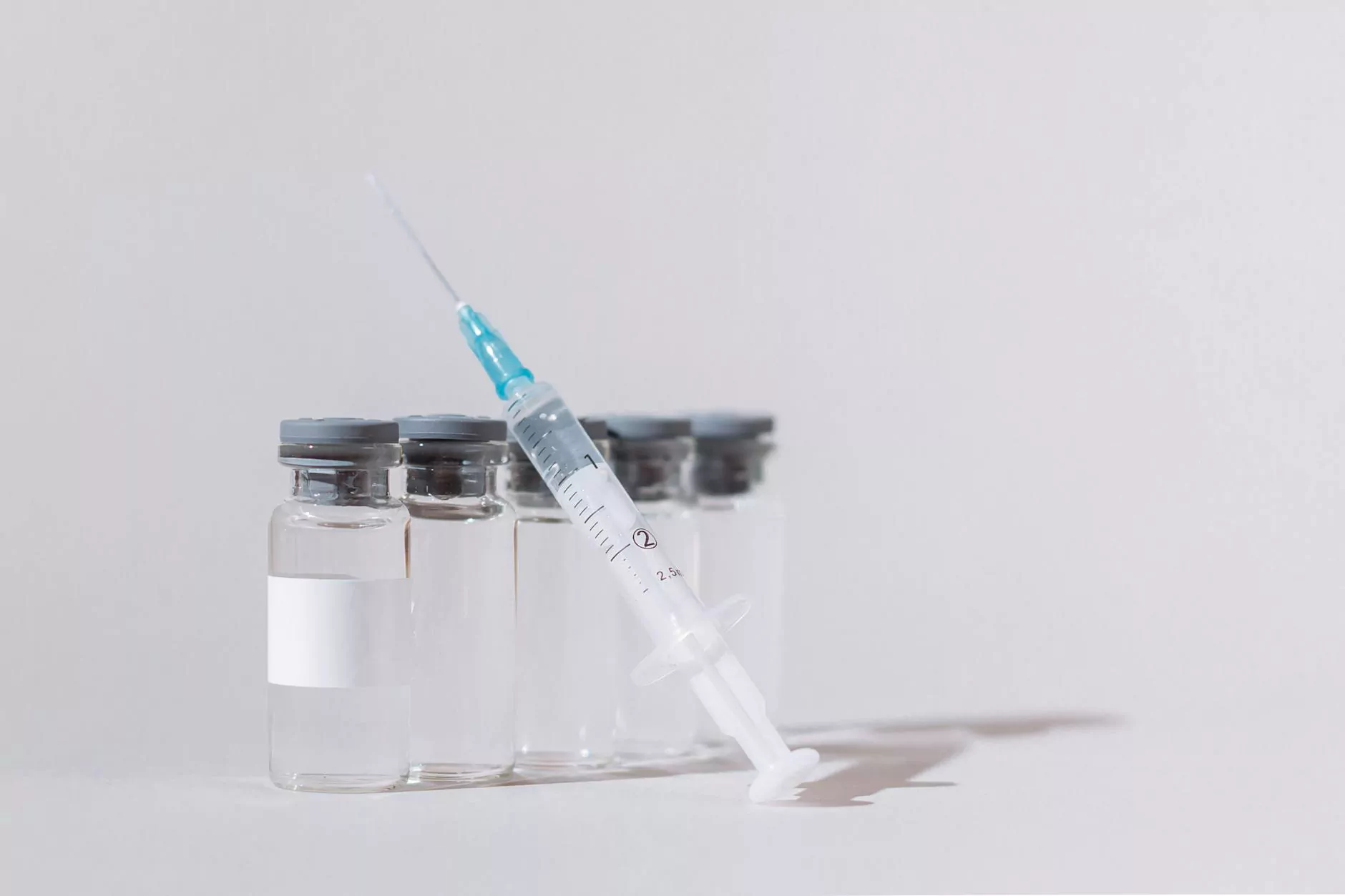The Importance of Achieving 90 Degrees of Shoulder Flexion in Rehabilitation

The shoulder joint is one of the most flexible and complex joints in the human body. Its extensive range of motion allows us to perform a variety of tasks, from lifting objects overhead to reaching behind our back. However, achieving optimal mobility, such as 90 degrees of shoulder flexion, is crucial for effective physical therapy and rehabilitation. This article explores the significance of this movement, the mechanisms involved, and strategies to improve shoulder health.
Understanding Shoulder Flexion
Shoulder flexion refers to the movement that raises the arm in front of the body. It is fundamental in various activities, including reaching, lifting, and pushing. Flexion occurs when the angle between the arm and the body decreases, leading the arm to move from a resting position at the side of the body to upward toward the head.
The Anatomy of the Shoulder
To comprehend the importance of 90 degrees of shoulder flexion, it helps to understand the anatomy of the shoulder joint. The shoulder is composed of several structures:
- Humerus - the upper arm bone that connects with the shoulder blade.
- Scapula - the shoulder blade which acts as a point of attachment for muscles.
- Clavicle - the collarbone which connects the arm to the body.
- Rotator Cuff - a group of muscles and tendons that stabilize the shoulder.
These components work together to allow a wide range of motion while maintaining stability. However, injuries, surgery, or physical conditions can restrict this motion, leading to limitations such as difficulty achieving 90 degrees of shoulder flexion.
The Role of Physical Therapy in Restoring Motion
Physical therapy plays a crucial role in rehabilitating individuals who experience shoulder injuries or restrictions. A common goal in therapy is to regain lost flexibility and strength, particularly focusing on achieving at least 90 degrees of shoulder flexion. Here's how physical therapists approach this:
Assessment of Shoulder Function
Before embarking on a rehabilitation journey, a physical therapist will perform a thorough assessment of the shoulder's range of motion. This involves:
- Measuring Flexibility: Evaluating the degree of shoulder flexion and identifying restrictions.
- Strength Testing: Assessing the strength of the muscles surrounding the shoulder.
- Functional Assessment: Observing how the shoulder performs in daily activities.
Customized Rehabilitation Programs
Once the assessment is complete, a personalized rehabilitation program is developed. This program typically includes:
- Stretching Exercises: To improve flexibility and help attain 90 degrees of shoulder flexion.
- Strengthening Exercises: Focusing on the rotator cuff and surrounding muscles to provide stability.
- Functional Training: Engaging in activities that mimic daily tasks to facilitate real-world application.
Manual Therapy Techniques
In addition to exercises, therapists may utilize manual therapy techniques to manipulate the shoulder joint and adjacent muscles, enhancing mobility and alleviating pain. Techniques could include:
- Joint Mobilization: Gradual movements of the shoulder joint to increase range.
- Soft Tissue Manipulation: Targeting the muscles and fascia for improved responsiveness.
Importance of Achieving 90 Degrees of Shoulder Flexion
Why is 90 degrees of shoulder flexion so significant in rehabilitation? Here are several reasons:
Functional Independence
Being able to flex the shoulder to at least 90 degrees is integral for many everyday tasks, such as reaching for objects on high shelves, dressing, and driving. Lack of this mobility can lead to dependency on others for assistance.
Prevention of Compensatory Patterns
When the shoulder lacks proper mobility, individuals often develop compensatory movement patterns. These can lead to increased strain on other joints, such as the neck or back, potentially resulting in secondary injuries or chronic pain.
Enhanced Athletic Performance
For athletes, 90 degrees of shoulder flexion is essential for performance in many sports. Whether it's throwing a ball, swimming, or lifting weights, shoulder mobility directly affects performance, agility, and the ability to prevent injuries.
Strategies to Achieve 90 Degrees of Shoulder Flexion
Here are some effective strategies to help achieve and maintain proper shoulder flexion:
Regular Stretching Routines
Incorporating daily stretching routines specifically targeting the shoulder can enhance flexibility. Effective stretches include:
- Overhead Stretch: Gently stretching the arm upwards, maintaining elbow straight.
- Cross-Body Stretch: Pulling one arm across the body with the opposite hand.
Strength Training
Strengthening the muscles around the shoulder joint will not only aid in achieving 90 degrees of shoulder flexion but will also support overall joint health. Consider exercises such as:
- Resistance Band Pull-Aparts: Strengthening the upper back and improving posture.
- Dumbbell Shoulder Press: Building strength in the shoulder muscles.
Postural Awareness
Encouraging good posture can relieve strain on the shoulder joint. Regularly checking and aligning your posture can effectively support shoulder function, especially during sedentary activities.
Challenges in Achieving 90 Degrees of Shoulder Flexion
Despite the best efforts, some individuals may face challenges in reaching 90 degrees of shoulder flexion:
Injury Recovery
Infections, surgeries, or injuries such as rotator cuff tears can severely limit mobility. Patience and professional guidance are crucial during recovery.
Age-Related Changes
As individuals age, joint stiffness naturally increases. This requires tailored approaches to maintain flexibility and strength, focusing on low-impact exercises that minimize strain.
Chronic Conditions
Conditions such as arthritis or tendonitis may develop, complicating shoulder mobility. In such cases, a modified approach under the guidance of a healthcare professional is essential for managing symptoms while improving movement.
Conclusion
Achieving 90 degrees of shoulder flexion is a vital goal in physical therapy and shoulder health. Understanding its importance, alongside effective therapeutic strategies, enables individuals to regain independence and perform daily activities with ease. Emphasizing consistency in rehabilitation, proper posture, and targeted exercises will not only support recovery but facilitate long-term shoulder health.
For those exploring options for physical therapy, consider consulting professionals who understand the nuances of achieving optimal joint mobility. With their expertise, individuals can confidently work towards restoring their shoulder function and enhancing their overall quality of life.









